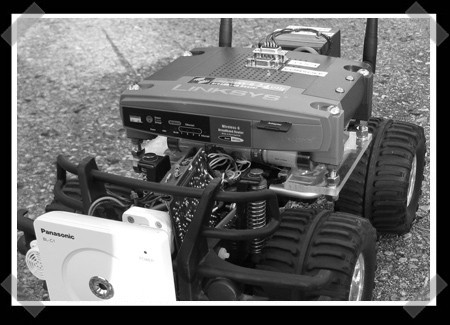2019 was a great year for Hackaday. It marked the fifteenth year of the hacker community’s hive-brain, which is essentially forever in Internet Years, and we’re still laser-focused on bringing you the hacks that inspire you to create the hacks that inspire someone else to create the hacks of tomorrow. We’re immensely proud that Hackaday remains a must-read in the worldwide community of folks doing creative things with technology.
At the Superconference, our editor-in-chief Mike Szczys covered the best new developments here at Hackaday HQ in 2019: new weekly columns, mobile-friendly formats for both Hackaday’s front page and the mobile app for Hackaday.io, our podcast, some great new contests, and a ton of great in-depth original articles from our crew of writers. And that’s just what was new last year.
The part of Mike’s talk that I enjoyed the most, though, was his look back fifteen years ago to when Hackaday was just born. In the intervening 5,545 days, we’ve written more than 34,718 articles. (So much for “hack-a-day”, he says, doing the math.) We’re nearing our millionth comment. That’s a lot of Hackaday. So it’s fun to ask what has changed over this time, and track it through the memory of a hardware hacker.

Back in 2008, Hackaday was a spry four-year-old, and we were featuring robot hacks where the brains and Internet connectivity were provided by WRT-54G routers, SMS connectivity was provided by hacking into a Nokia 3100, and the battery weighed more than the motors yet only lasted fifteen minutes. Today’s hacks toss in an ESP32, any old cheap SMS module, and an off-the-shelf Li-Ion battery pack and will run for days. Don’t even get me started on 3D printers. Or the ease of writing software for any of these machines. We’ve never lived in better times!
But that doesn’t mean that every project has to be a superconducting supercollider either; it’s equally important to showcase our simpler projects too, to give new people a foothold into the hacking scene. And it’s similarly crucial to show people how you failed, tried, and tried again before declaring victory. If all of our finished projects look like they were conjured out of thin air, it hides all of the learning that went into them, and that’s where a lot of the real gold is buried.
While we add features, media come and go, and the cutting edge becomes less and less distinguishable from magic, one thing remains constant: showing each other what we’re up to, sharing our best tips and tricks, and pushing forward the hacker state of the art. Long live Hackaday!
















“We’ve never lived in better times!”
Biological hacks. ;-)
i’m missing those black and white pictures with the scotch tapes around the corners
Well, back in the days of the I-Opener, Audrey, and Websurfer, it was A Hack, A Day.
And we would digest that single article line by line, gleaning all we could from it. While examining our pile-o-parts to see if a trip to the rat-shack was in order.
Ive been reading HaD from the beginning. Such an inspiration, so many projects so many ideas. So immensely proud to have one of my projects featured. Thanks Hackaday, heres to another 15 years and beyond.
Reading HaD from beginning, is like looking at open bottle now. The label is there, but the spirit faded away.
Sorry to hear that. What do you think we could do better?